The Sustainable Aquaculture Innovation Centre (SAIC) awards $60,000 to assess efficacy of novel sea lice vaccine technology
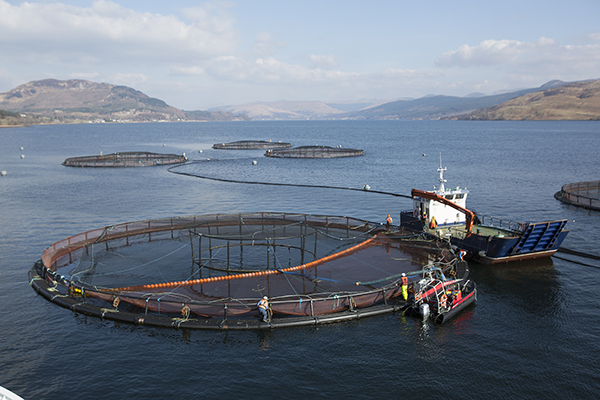
A team of scientists investigating the potential of a pioneering vaccination against sea lice has secured funding to take its research to the next stage, helping to address one of the aquaculture sector’s ongoing challenges. The global cost of protecting, managing and treating salmon affected by sea lice is estimated at up to $1 billion per year.
“Around the world, different groups including both academics and pharmaceutical companies are now looking at the potential for sea lice vaccines with results beginning to emerge,” said Dr. Sean Monaghan, lead researcher and lecturer at the University of Stirling’s Institute of Aquaculture. “Sea lice vaccination is just one option, but it has the potential to transform the way the sector deals with one of its biggest ecological concerns.”
The Sustainable Aquaculture Innovation Centre (SAIC) has awarded almost £50,000 (U.S. $63,135) to partners from the University of Stirling’s Institute of Aquaculture, AQUATRECK Animal Health SL and Moredun Scientific after a successful initial proof-of-concept phase last year.
“After a highly promising first stage, it is great to see this research progressing because of a successful collaboration between sector experts and researchers,” said Heather Jones, CEO of SAIC. “An alternative treatment for sea lice would have significant, positive outcomes for fish health and welfare, which is a priority area for SAIC. Projects like this, which demonstrate innovation in finfish health, are crucial to creating a more environmentally friendly and economically impactful future for the sector.”
Scientists are developing a new ‘groundbreaking’ oral vaccine for sea lice in farmed Atlantic salmon
In the next part of the study, the team will assess how well the novel vaccine technology works against adult sea lice. It builds on earlier research that looked at the larval stages and discovered a gut protein that helps protect against sea lice. The team is using advanced recombinant expression technology for injection vaccination, which could eventually be produced in large quantities and added to salmon food as an oral vaccine.
The formula has been specially developed to trigger an immune response and create elevated antibody levels in the bloodstream of fish, helping to impair sea lice development and reproductive capacity following sea lice feeding on the fish. By targeting mature lice, the vaccine could also reduce the number of parasite offspring.
Scaling up the technology involved in vaccine development is costly and complex, often acting as a bottleneck for commercialization in any sector. However, during the first phase, the researchers successfully identified a promising route to market by using yeast expression technology to create the recombinant proteins needed for the vaccine at scale.
“Finding a vaccine-based solution for treating sea lice would be a huge development for the aquaculture sector globally, with widespread impact for fish, farmers, the supply chain and consumers,” said Monaghan. “We are hoping that this second stage of the project will demonstrate the efficacy of the vaccine for protecting Atlantic salmon against adult lice and help to build the scientific evidence base.”
Now that you've reached the end of the article ...
… please consider supporting GSA’s mission to advance responsible seafood practices through education, advocacy and third-party assurances. The Advocate aims to document the evolution of responsible seafood practices and share the expansive knowledge of our vast network of contributors.
By becoming a Global Seafood Alliance member, you’re ensuring that all of the pre-competitive work we do through member benefits, resources and events can continue. Individual membership costs just $50 a year.
Not a GSA member? Join us.
Author
-
Responsible Seafood Advocate
[103,114,111,46,100,111,111,102,97,101,115,108,97,98,111,108,103,64,114,111,116,105,100,101]
Related Posts
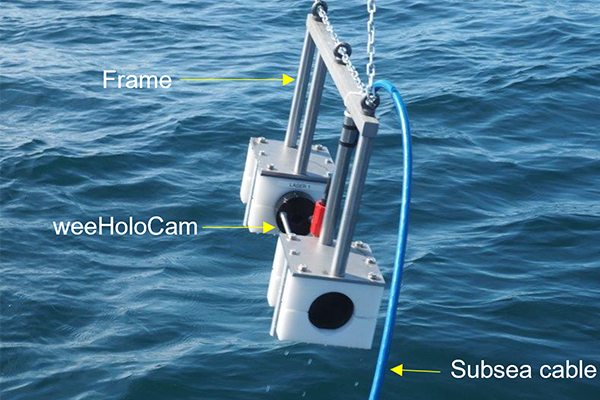
Intelligence
Could holographic cameras and AI technology lead to an early warning system for sea lice in the ocean?
Researchers are exploring the use of underwater holographic cameras and artificial intelligence technology to identify sea lice in the ocean.
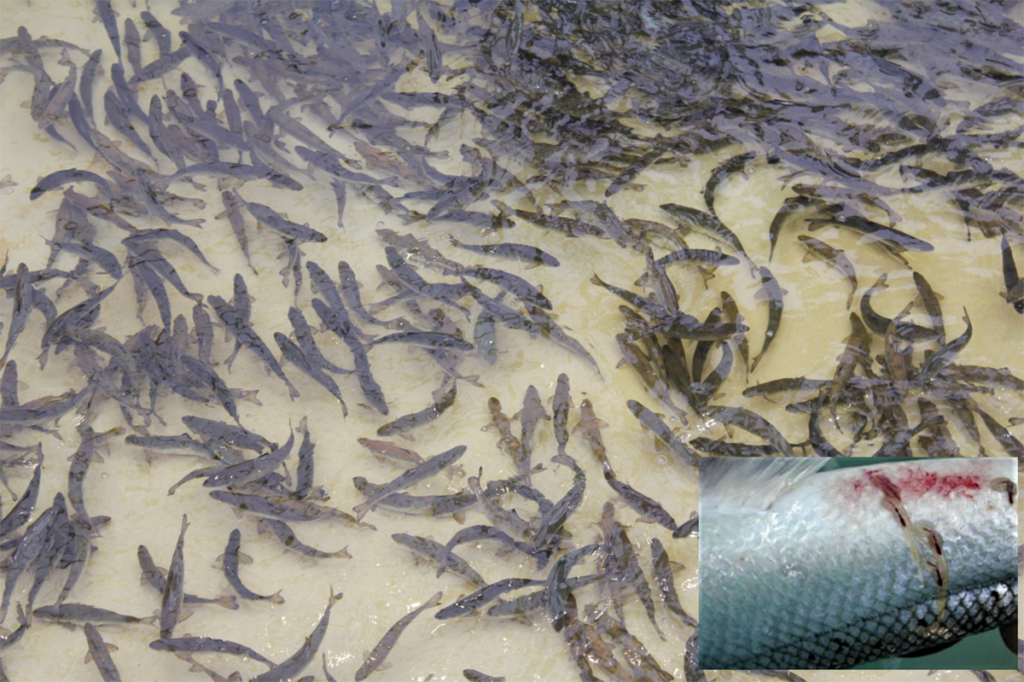
Health & Welfare
Evaluating the efficacy of a candidate vaccine for Atlantic salmon against sea lice
Laboratory-scale evaluation of a candidate vaccine for Atlantic salmon against sea lice shows an efficacy of 56 percent when administered by injection.
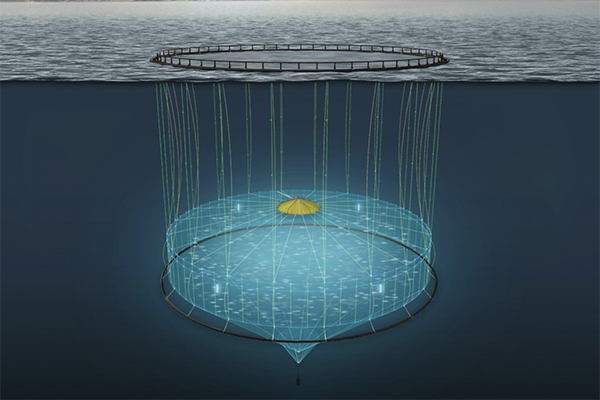
Innovation & Investment
Is deep-water aquaculture the way for salmon farmers to beat sea lice?
AKVA Group says recent trials reveal low sea lice numbers and reduced treatments when using its deep-water aquaculture technology.
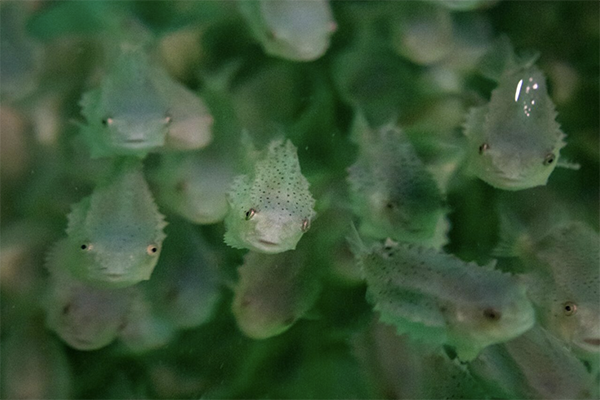
Innovation & Investment
Could new technology transform how salmon farming combats sea lice?
Sea lice plague salmon farms globally, but scientists and aquaculture are turning to technology to prevent and manage the pests.



